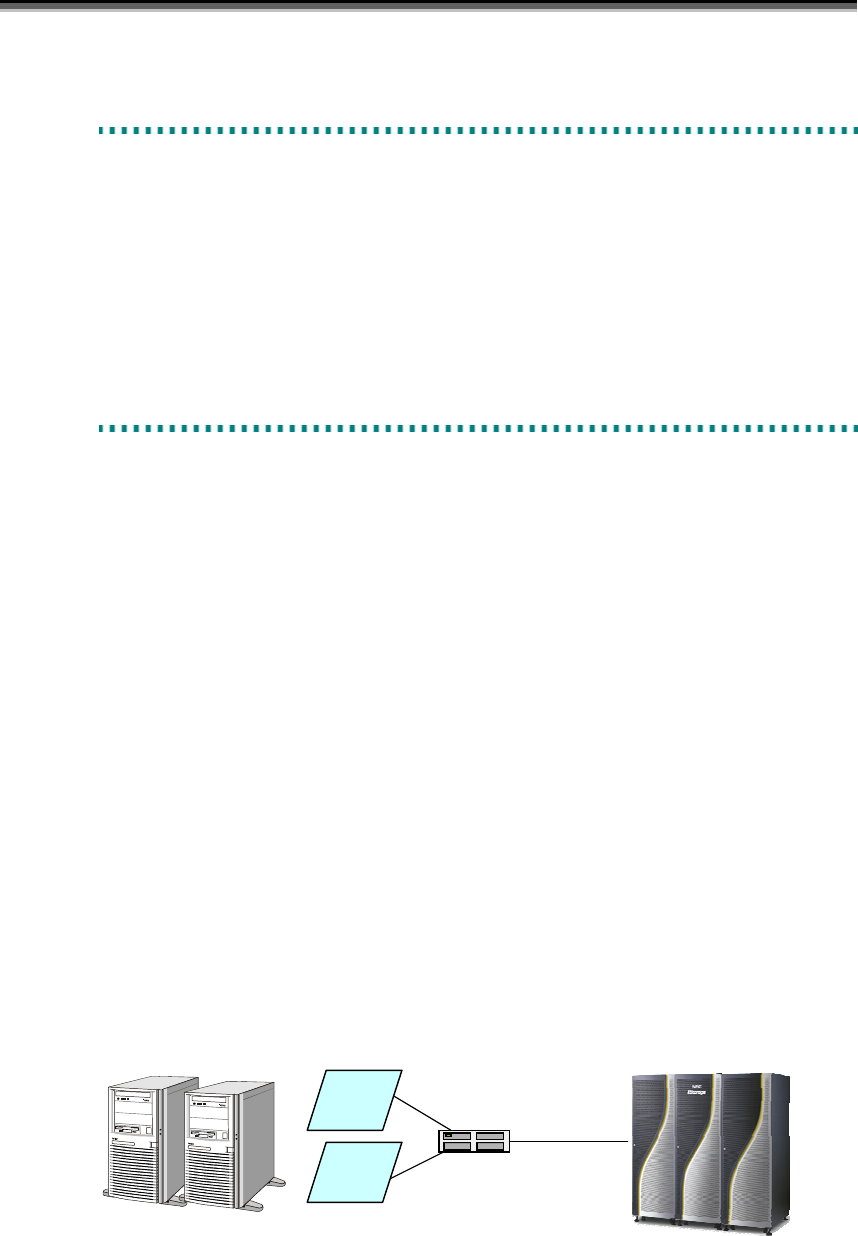
Chapter 4 Functions of ReplicationControl
113
4
4
4
.
.
.
5
5
5
V
V
V
o
o
o
l
l
l
u
u
u
m
m
m
e
e
e
L
L
L
i
i
i
s
s
s
t
t
t
C
C
C
r
r
r
e
e
e
a
a
a
t
t
t
i
i
i
o
o
o
n
n
n
/
/
/
D
D
D
i
i
i
s
s
s
p
p
p
l
l
l
a
a
a
y
y
y
The function to create and display the volume list associates logical disk information (disk array side)
with system dependent information (server side) and displays the associated information. Since it
handles system dependent information, the function on the Windows system is different from the
function on the UNIX system. On the Windows system, operations are possible by using the GUI
(Graphical User Interface).
4
4
4
.
.
.
5
5
5
.
.
.
1
1
1
C
C
C
o
o
o
m
m
m
m
m
m
a
a
a
n
n
n
d
d
d
O
O
O
p
p
p
e
e
e
r
r
r
a
a
a
t
t
t
i
i
i
o
o
o
n
n
n
s
s
s
(
(
(
W
W
W
i
i
i
n
n
n
d
d
d
o
o
o
w
w
w
s
s
s
)
)
)
On the Windows system, by using the volume list creation and display function by means of the
iSMvollist command, it is possible to obtain and display drive letter, HBT (host adapter number/bus
number/target ID) and LUN (logical unit number), physical disk and logical disk names, and associated
OS type (hereafter, volume list) of logical disks in the disk arrays.
The following is the description of the HBT:
y Host adapter number: HBA
This is the number for an interface card that connects a SCSI bus to the host (system). There are
multiple buses in the host adapter.
y Bus number: Bus
This is the number for the path (bus) from the host adapter to a target (SCSI device). One path can
handle multiple targets.
y Target ID: Target ID
This ID is used for identifying a device that is connected to the SCSI bus. One ID is assigned to one
disk array.
Figure 4-4 Relations between System Configuration and HBT
Business Server
Disk Array
HBA
Target ID
HBA
(Switch)
Bus
Bus


















